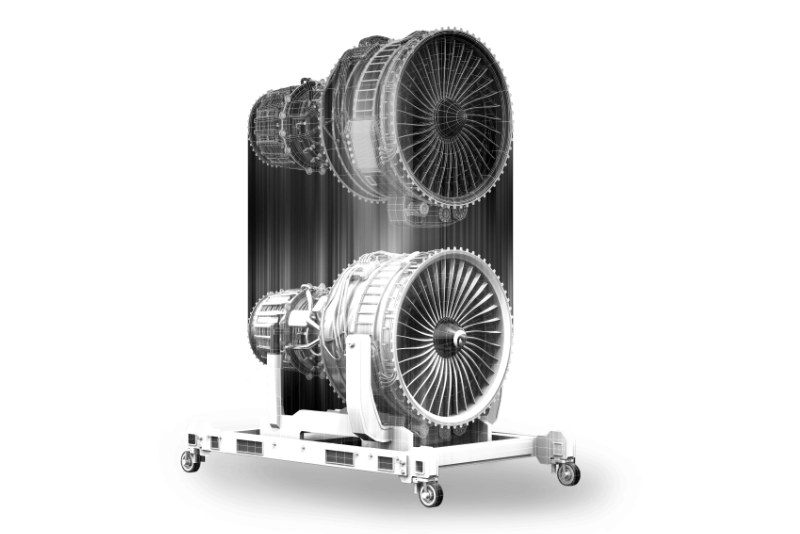2023 / McCANN ENTERPRISE / VERIZON / LINKEDIN BLOG

Why 5G is the real power behind a digital twin
In today's ever-changing technological landscape, digital twins have emerged as a powerful tool for simulating and optimizing real-world systems, reducing costs, and enhancing business decision-making. However, their ability to collect and analyze vast amounts of data in real-time requires a robust network infrastructure. Unfortunately, many organizations overlook this crucial aspect and therefore fail to realize the full potential of their digital twins. This is where 5G technology comes into play. In this article, we will outline the many ways in which a 5G network is critical to your twin’s success.
It’s best not to think of 5G as merely the enabler of a well-functioning digital twin. It’s so integral that it should be considered part of the twin itself. Therefore, any sound implementation strategy should prioritize a network capable of handling its demands. Network providers like Verizon have a crucial role to play in this regard as they provide the necessary 5G infrastructure to get it up and running.
While creating the twin is one thing, keeping it actively in use in the most efficient way possible is quite another. Central to this is what to do with all the data it's generating. It's important to consider this from efficiency, security, time, and cost perspectives. For instance, to minimize ongoing cloud costs, it may be prudent to upload only the most pertinent and actionable data. Also, if the data is sensitive, it may be preferable to store it on-site for enhanced security, something that can be achieved through mobile edge computing.
In fact, edge really does give your twin the edge by enhancing the precision and speed of data collection and analysis — something a digital twin relies heavily upon. Using cloud computing for data processing can result in latency issues that can hinder the twin's ability to accurately reflect real-time conditions. But 5G-powered mobile edge computing overcomes this by placing servers closer to the devices and endpoints, minimizing latency and response times, and making data collection and analysis much faster.
To ensure a seamless deployment of a digital twin, it is crucial to integrate 5G with current connectivity technologies like Wi-Fi and Ethernet. 5G does this by providing the overarching framework that enables integration of devices across multiple networks, making it easier to incorporate them into your digital twin. This makes it an ideal technology for outdoor or hard-to-reach spaces such as factories and warehouses where Wi-Fi signals may be weaker. With built-in encryption and authentication protocols, 5G is also inherently secure by design, offering enhanced protection for sensitive data.
Operating with an extremely low latency is also vital for digital twins, as high latency in the data transfer process would result in a twin not representing physical realities. With 5G's ultra-reliable low latency (URLLC), speeds are as low as 10 milliseconds, allowing for near real-time data transfer, so the digital and physical twins will be constantly synchronized. This is especially important in industries whose environments are volatile in nature and affected by temperature, movements, and pressure. These time-sensitive factors demand ultra-low latency to accurately simulate their state of constant change.
Aside from its remarkable speed and low latency, 5G also boasts impressive device density and data handling capabilities. 5G can connect up to a million devices, providing unparalleled potential for collecting data from multiple sources, such as sensors. Given the several giga-bytes of data a typical digital twin generates per day, it's critical to have an efficient network capable of handling massive volumes of data. 5G vastly outperforms 4G in this area by handling up to 100 times more data.
As we have seen, the potential of digital twins is vast, but their effectiveness is intrinsically linked to the capabilities of the network infrastructure on which they operate. As 5G technology continues to expand its global reach, we can expect to see even more sophisticated digital twins emerge, empowering enterprises to boost efficiency, reduce costs, enhance decision-making, and achieve new levels of innovation.
This article is based on insights from Verizon's latest white paper: 5G/MEC & Digital Twins: A huge opportunity for Global System Integrators (GSIs). For a deeper dive into the immense potential of digital twins and the critical role of a 5G network in enabling them, we highly recommend reading it. You can view it here.